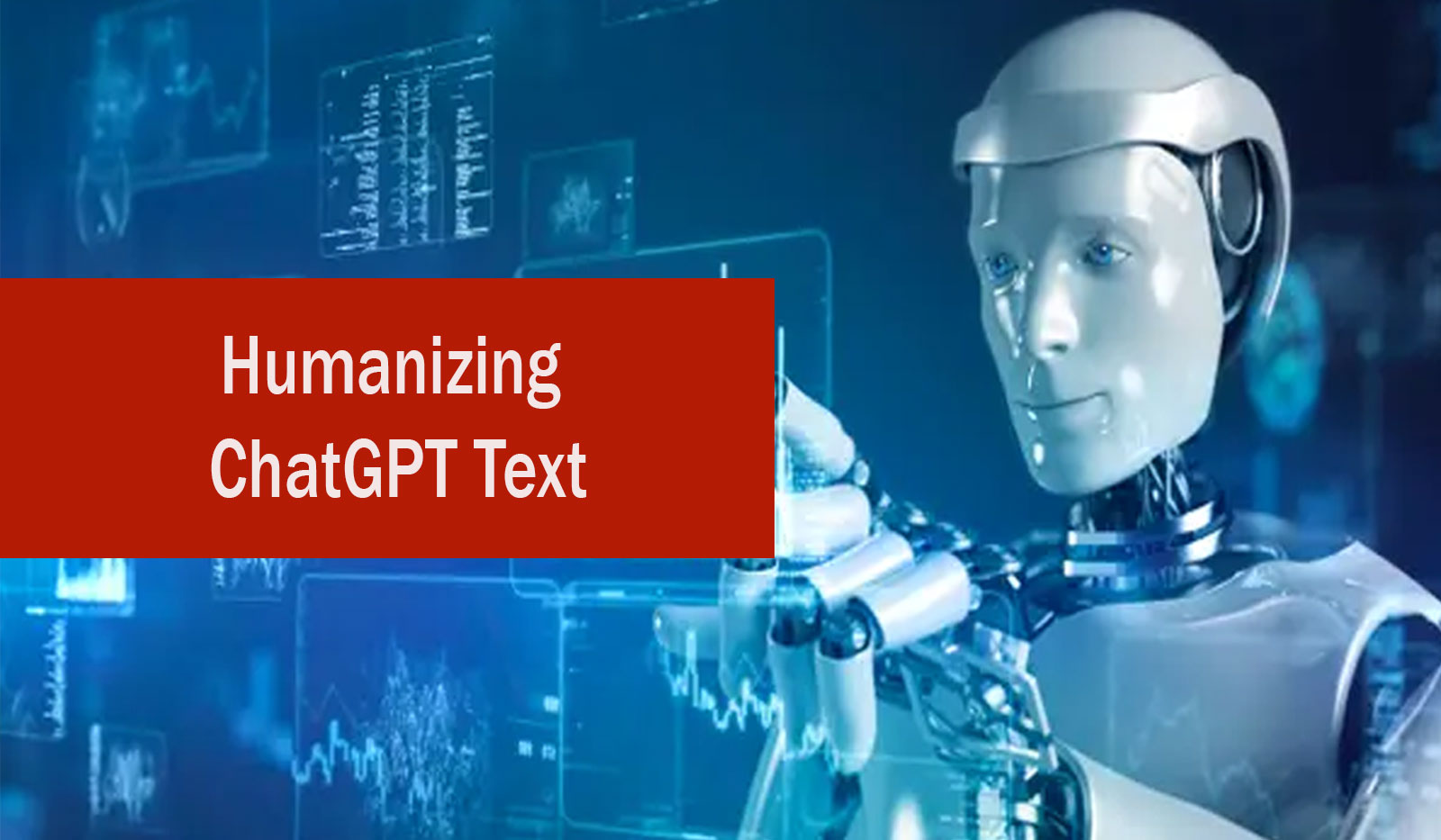In the era of generative AI tools like ChatGPT, businesses and individuals alike are embracing the power of AGI to transform their work processes. However, amidst this technological marvel, concerns loom regarding the detection of AI-generated content and the ever-present threat of plagiarism. Detecting AI-generated content is an intricate challenge, but humanizing it adds an intriguing layer of complexity. While humanization grants you the ability to claim copyright over AI-generated content, it simultaneously baffles content detectors and plagiarism checkers.
In this article, we will delve into the art of humanizing ChatGPT text, exploring various techniques and strategies to make it indistinguishable from human-written content.
Humanizing ChatGPT Text: Where to Begin
Understanding the Power of Humanized ChatGPT Text
Humanizing ChatGPT text isn’t just about making it sound more natural and conversational; it’s about infusing it with the essence of human expression. Here are some steps to achieve this transformation:
- Leverage the Humanize Plugin and Third-Party Tools
One effective approach is to employ the Humanize Plugin and other third-party tools to refine the text generated by ChatGPT. These tools help enhance vocabulary, cadence, and other textual attributes to make it more human-like.
- Harness the Magic Words
Another method is to utilize “magic words” to inject a human touch into ChatGPT prompts, especially when using GPT-3.5 Turbo and GPT-4. You can instruct ChatGPT to emulate specific authors or adopt particular writing styles. Additionally, editing the content generated by ChatGPT can further bridge the gap between AI and human-generated text.
- Review and Refine
Before proceeding, thoroughly review the content generated by ChatGPT. Pay close attention to language usage, sentence structure, and tone. Identify any segments that sound robotic or unnatural due to technical jargon or lack of context.
- Embrace Colloquial Expressions
To infuse a natural and relaxed tone into the text, replace formal phrases like “do not,” “cannot,” and “will not” with their colloquial counterparts – “don’t,” “can’t,” and “won’t.” Additionally, incorporate transition words and phrases to improve the flow of ideas and maintain consistency in tone and style.
Enhancing Your ChatGPT Experience
Making the Most of ChatGPT’s Capabilities
To truly humanize ChatGPT text, it’s essential to leverage the advanced features of this generative AI tool:
- Upgrade to ChatGPT Plus
ChatGPT Plus unlocks access to GPT-4, the pinnacle of OpenAI’s AI models. While GPT 3.5 Turbo generates natural text, GPT-4 offers even greater sophistication.
- Explore Third-Party Plugins
ChatGPT Plus users can integrate third-party plugins like the Humanize Plugin, designed to enhance vocabulary, cadence, and other text attributes, rendering them more human-like.
- Mastering the Humanizer Prompt
If ChatGPT Plus isn’t an option, the free version of ChatGPT can still be used to generate humanized text. Simply provide a prompt and request it to mimic the writing style of a specific author or website.
The Art of Imitation: Emulating Specific Styles
Crafting Content that Mimics Human Authors
You can take your humanization efforts a step further by instructing ChatGPT to imitate the voice and style of a particular author:
- Selecting an Author’s Voice
Request ChatGPT to emulate the writing style of a specific author. However, remember to thoroughly proofread and edit the content to ensure it maintains a consistent tone and avoids abrupt shifts in language or style.
- Undetectable.AI: A Valuable Resource
For those seeking a more polished touch, consider using Undetectable.AI. Paste the AI-generated content, select a higher “temperature” setting for more human-like text, and ensure you adhere to the platform’s policies. Remember, there’s a limit of 250 free uses before you need to subscribe for further humanization of ChatGPT-generated content.
The Final Word
In conclusion, while AI-generated content has its merits, it’s not advisable to use it directly in your projects. The absence of human creativity limits its potential, necessitating experimentation with clear and precise prompts. By undergoing human review and making necessary modifications, ChatGPT text can be successfully humanized. However, keep in mind that the extent to which this can be achieved may vary based on the complexity and nuances of the original input. Balancing the power of AI with the human touch is the key to mastering the art of ChatGPT text humanization.

